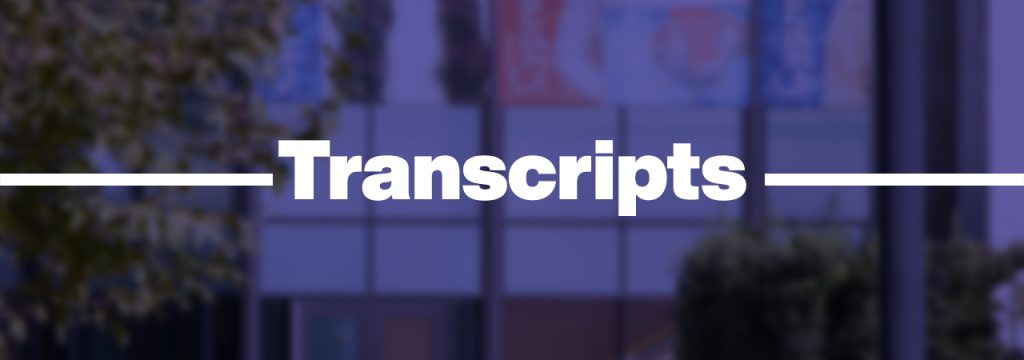Transcription
Transcription is the process of converting spoken language or audio content into written text. It is commonly used in various fields, such as medicine, law, journalism, entertainment, and business, to create written records of spoken words, interviews, conversations, lectures, podcasts, videos, and other forms of audio content.
Recording: The process begins with a recording in which someone speaks, such as an interview, conference, or dictation.
Transcription: A transcriber listens to the recorded audio and carefully converts the spoken words into written text. This can be done manually by a human transcriber or automatically using speech recognition software.
Manual Transcription: Human transcriptionists listen to the audio and type out what they hear. This approach is often used when accuracy and context are crucial, as it can capture nuances and accents that automated transcription might miss.
Automated Transcription: Automated transcription uses speech recognition technology to transcribe audio content. While it’s faster and more cost-effective, it may not be as accurate, especially in cases with background noise, multiple speakers, or heavy accents.
Verbatim vs. Clean Transcription: Verbatim transcription includes every spoken word, including filler words (e.g., “um” and “uh”) and nonverbal sounds. Clean transcription, on the other hand, omits such elements for a more polished, readable result.
Timestamps: In many cases, transcriptions include timestamps to indicate when specific statements or sections of audio occur. Timestamps are especially useful for locating and referencing content within longer audio files.
Transcription services can be essential for various purposes, such as:
Interviews: Journalists and researchers often transcribe interviews to extract valuable information.
Legal: Transcriptions of court proceedings, depositions, and legal conversations are crucial for legal documentation.
Medical: Doctors and healthcare professionals may need medical transcriptions for patient records and documentation.
Academic: Transcribing lectures, speeches, and research interviews can aid in academic research and note-taking.
Content Creation: Transcription can be used to create written versions of podcasts, webinars, and video content, making it more accessible and searchable.
Transcription plays a significant role in making spoken content accessible, searchable, and easier to reference, which is especially important in fields where accurate record-keeping and communication are critical.

